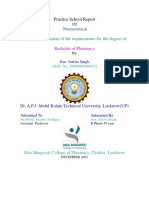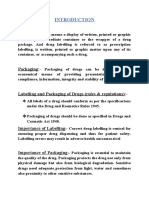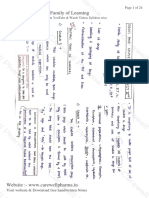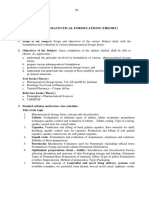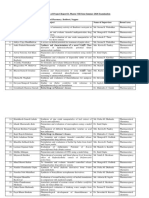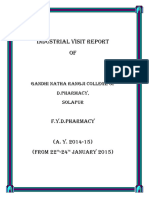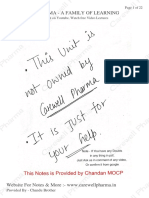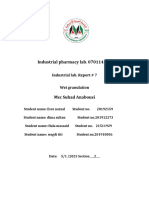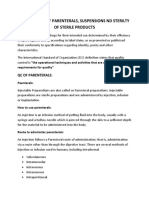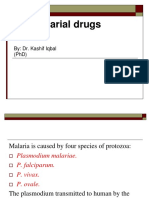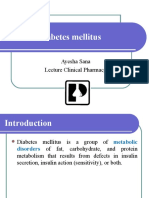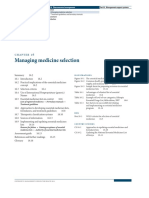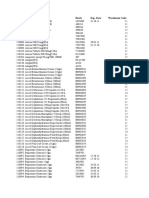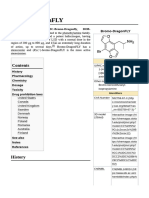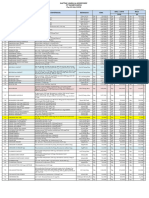0% found this document useful (0 votes)
1K views4 pagesPractical No.4: Comparison of Paracetamol Tablets Prepared by Direct Compression and Wet Granulation Technique
The document describes procedures for preparing and evaluating paracetamol tablets using two methods: direct compression and wet granulation. Key steps for each method are provided. Common evaluation tests for tablets include hardness, weight variation, and friability. Hardness is measured using a Monsanto hardness tester and indicates a tablet's strength. Weight variation ensures all tablets in a batch are uniform in weight. Friability tests a tablet's ability to withstand shocks by spinning tablets in a friabilator and measuring weight loss.
Uploaded by
Alishba MushtaqCopyright
© © All Rights Reserved
We take content rights seriously. If you suspect this is your content, claim it here.
Available Formats
Download as DOCX, PDF, TXT or read online on Scribd
0% found this document useful (0 votes)
1K views4 pagesPractical No.4: Comparison of Paracetamol Tablets Prepared by Direct Compression and Wet Granulation Technique
The document describes procedures for preparing and evaluating paracetamol tablets using two methods: direct compression and wet granulation. Key steps for each method are provided. Common evaluation tests for tablets include hardness, weight variation, and friability. Hardness is measured using a Monsanto hardness tester and indicates a tablet's strength. Weight variation ensures all tablets in a batch are uniform in weight. Friability tests a tablet's ability to withstand shocks by spinning tablets in a friabilator and measuring weight loss.
Uploaded by
Alishba MushtaqCopyright
© © All Rights Reserved
We take content rights seriously. If you suspect this is your content, claim it here.
Available Formats
Download as DOCX, PDF, TXT or read online on Scribd
/ 4










